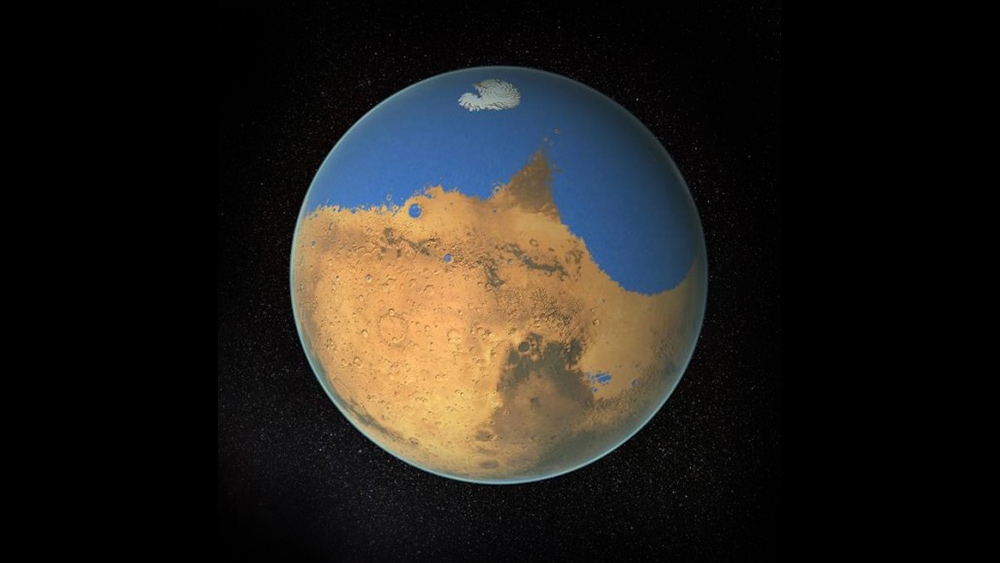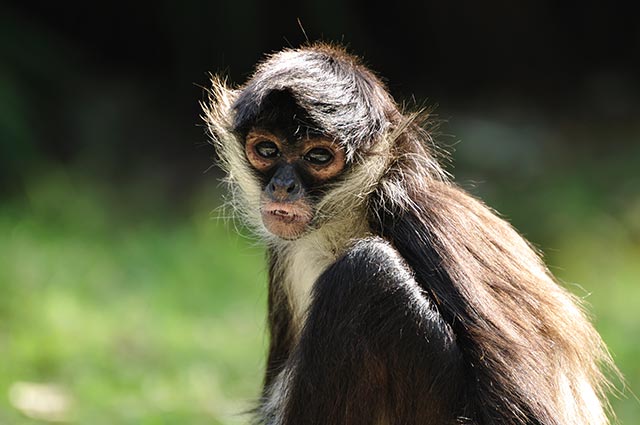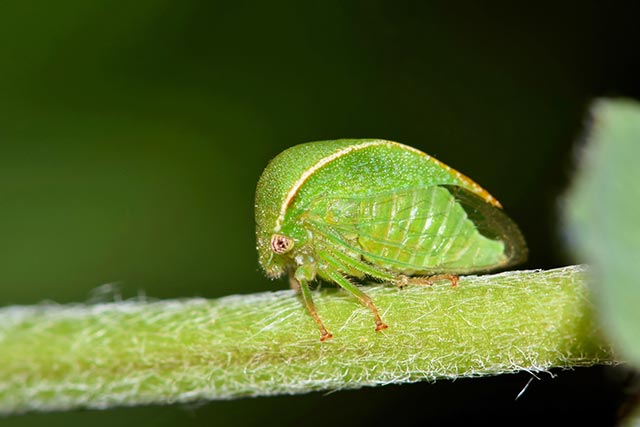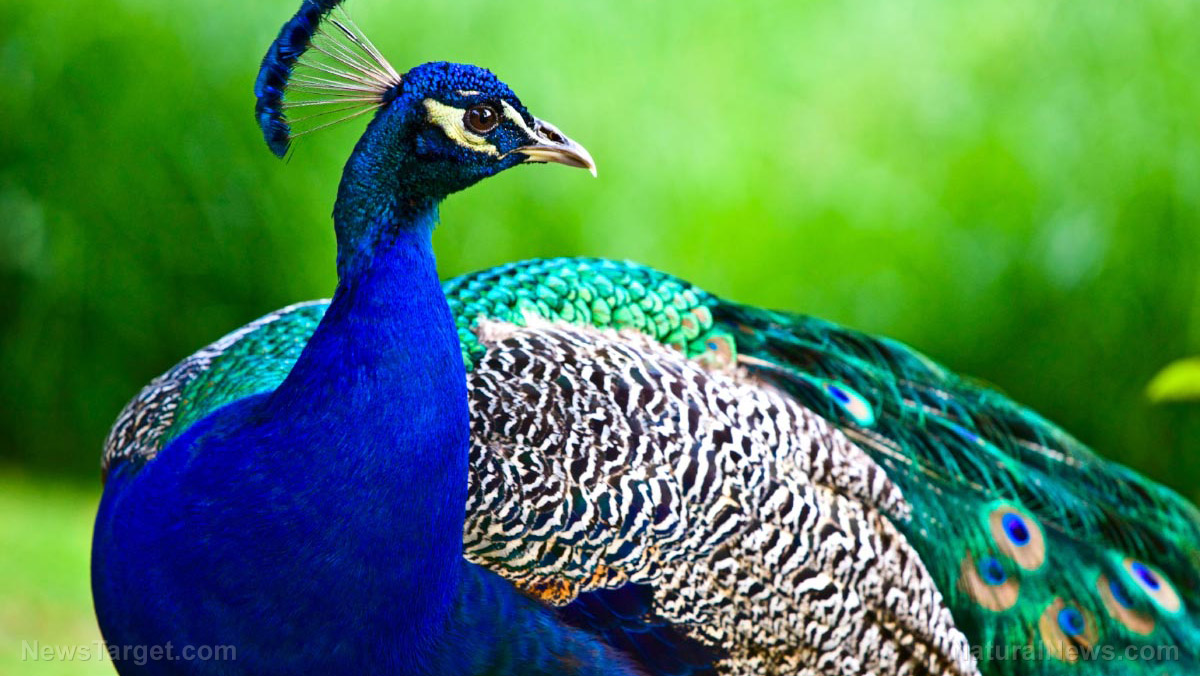Neanderthals were mostly carnivores, new tooth analysis reveals
09/02/2019 / By Ralph Flores
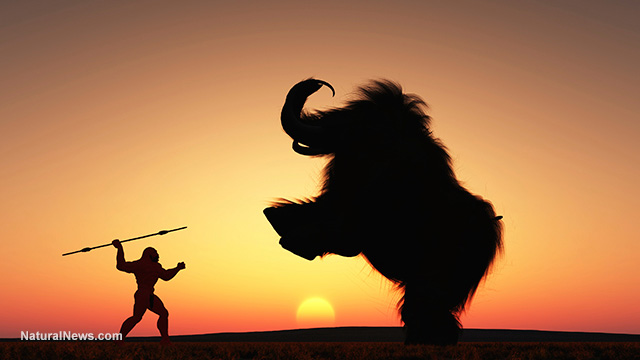
“Back to the basics” is a buzzword phrase that’s been getting a lot of traction these days, especially when it comes to eating habits.
Those who lived in ancient times, of course, did not eat processed food, and they lived off what they could grow (or hunt).
For those interested in understanding what types of food they should consume, an analysis by scientists from the Max Planck Institute for Evolutionary Anthropology could come in handy. In their study, which was published in the Proceedings of the National Academy of Sciences of the United States of America, they revealed that Neanderthals ate a diet filled with meat – including reindeer, horse, and the occasional mammoth. The team arrived at their conclusion after analyzing a Neanderthal woman’s tooth they found in the Les Cottes region in southwestern France.
“Our application of [compound-specific isotope analyses] to two Neandertals has shown that both were high trophic level consumers, with large herbivores being the main protein source,” the team wrote in their report.
Dietary patterns show herbivores on the menu
The discovery brings the discussion of what our ancestors ate to the fore – something that has been debated by scientists for years. Scientists first believed that Neanderthals, a group of people often considered as the original “cavemen,” lived off a meat-based diet. More recent studies, however, have cast doubt on this theory. In a study published in Nature, researchers from the University of Liverpool in England examined food debris in three Neanderthals in Spain and found that they ate a diet that consisted of pine nuts, mushrooms, and moss. They even found evidence that revealed the use of the penicillium fungus, which produces the antibiotic penicillin, to relieve aching teeth. (Related: Study finds proof that Neanderthals used plant-based medicines.)
For the current study, the team used a technique called compound-specific isotope analysis to investigate the Neanderthal’s food source. The novel approach uses variations between carbon and nitrogen to determine the amino acids present in bone or tooth collagen. Each amino acid has distinct carbon and nitrogen isotope values, which makes it easier for scientists to figure out what types of animals the person consumed in his lifetime.
In particular, this data reveals what trophic level these animals belong to. Trophic level, also referred to as trophic position, refers to the classification of species on the basis of their feeding behavior, where the lowest levels are plants – referred to as producers – and the highest levels contain carnivores, in particular, those that eat other carnivores. Earlier studies – including that of Yale University researcher David Post in the journal Ecology – have said that using isotope analysis to determine trophic levels is a powerful tool to provide an overview of complex interactions within the food web.
“With an appropriate isotopic baseline and an appreciation of the underlying assumptions and model sensitivity, stable isotopes can help answer some of the most difficult questions in food web ecology,” explained Post, who wasn’t part of the current study.
The researchers found that the Neanderthal in question mainly ate a carnivorous diet, which included reindeer from arid environments or horses. Further analysis revealed that she was also weaned as a baby by a mother who was also a meat-eater.
“Previous isotope results indicated a primarily carnivorous diet for Neanderthals, which matches the extensive archaeological record of animal remains found and deposited by Neanderthals,” added study co-author Michael Richards of the Simon Fraser University in Canada. “These new compound-specific isotope measurements confirm earlier interpretations of Neanderthal diets as being composed of mainly large herbivores, although of course they also consumed other foods such as plants.”
Learn more scientific discoveries about our ancestors at Science.news.
Sources include:
Tagged Under: ancestors, Anthropology, breakthrough, carnivores, carnivorous diet, cavemen, compound-specific isotope analysis, cool science, Diets, discoveries, food science, herbivores, horses, mammoths, meat diets, meat eaters, Neanderthals, penicillin, real history, reindeer, trophic level
RECENT NEWS & ARTICLES
COPYRIGHT © 2017 SCIENTIFIC NEWS


